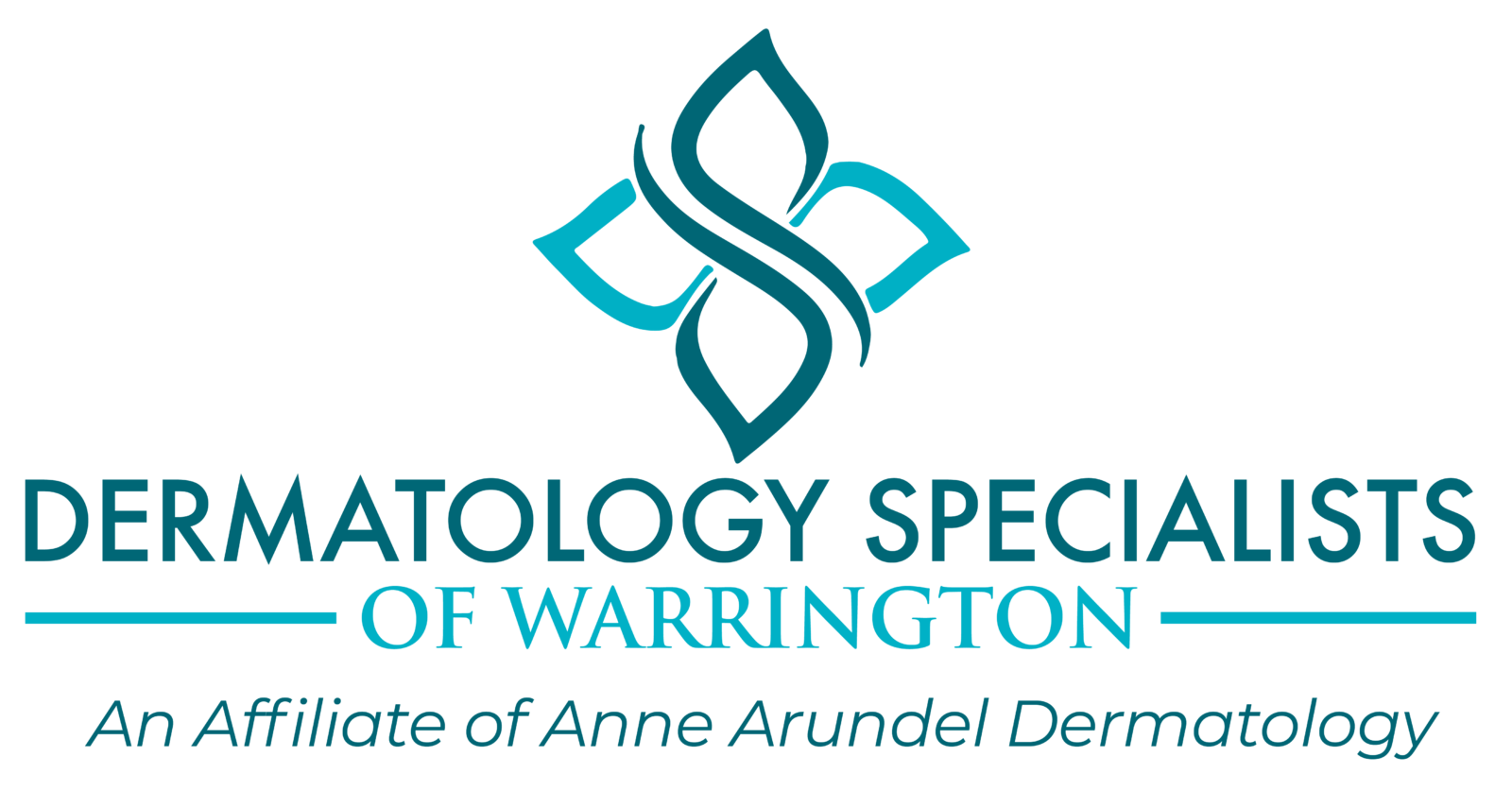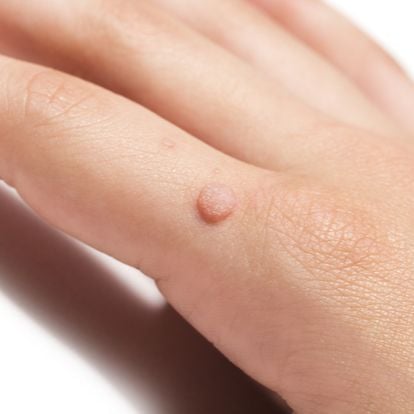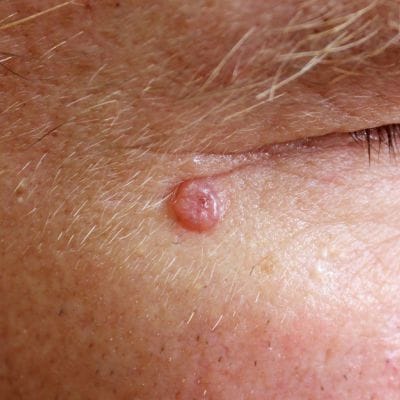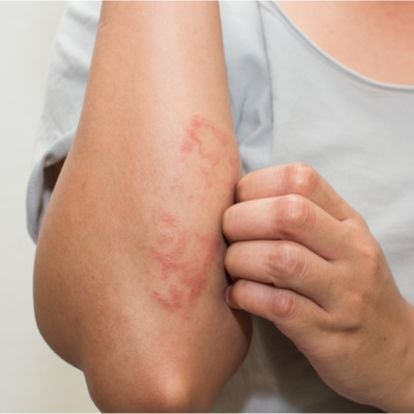Herpes Simplex Virus
Herpes Simplex Virus (HSV) is a virus known to cause a very common infection called herpes. Oftentimes, the infection can be asymptomatic and go undetected. However, it can also manifest in some people with painful blisters and sores on the skin- commonly around the mouth or in the genital area. Once you have the virus, it is considered a life-long condition. Affected people can have recurrent outbreaks which tend to be milder than the initial outbreak.
There are two types of Herpes Simplex Virus – Herpes Simplex Virus Type 1 (HSV-1) and Herpes Simplex Virus Type 2 (HSV-1). Herpes Simplex Virus Type 1 is typically picked up as an infant or child and occurs from close skin-to-skin contact or possibly by sharing food utensils or drinks. HSV-1 typically causes sores in and around the mouth and are commonly known as cold sores or fever blisters. Herpes Simplex Virus Type 2 usually spreads from sexual contact and causes genital sores. However, both HSV-1 and HSV-2 can cause either oral or genital sores.
How is Herpes Simplex Virus Transmitted?
In order to cause an infection, the herpes simplex virus (both HSV-1 and HSV-2) has to enter the body through small breaks in the skin or through a mucous membrane such as the inside of the mouth or the genital or anal skin.
HSV-1 is highly contagious. It can be spread through saliva, skin-to-skin contact, or by touching an object handled by someone infected with the virus. HSV-2 infection mainly occurs through sexual contact. In rare circumstances, HSV-1 and HSV-2 can be passed from mother to child during childbirth causing neonatal herpes.
Although transmission is most likely when the infected person has an active sore, the virus can also be passed on even if the infected person is asymptomatic.
Symptoms of Herpes Simplex Virus
For many people, infection by HSV is asymptomatic, causing no symptoms. For others, the infection can cause the following symptoms:
- Painful blisters or open sores- usually in or around the mouth or in the genital region.
- Patients often report a tingling, burning, or itching sensation before the breakouts occur.
- The first outbreak following the initial infection is usually the most severe. In addition to painful blisters and open sores, patients can also experience fever, body aches, and swollen lymph nodes.
- Subsequent breakouts tend to be less severe and milder.
- Common triggers that cause outbreaks include: sunlight, fever, physical injury, surgery, suppression of the immune system, or stress.
How is Herpes Simplex Virus Diagnosed?
During an active outbreak, a dermatologist is often able to diagnose herpes simplex infection by examining the affected areas. Confirmation of the diagnosis can be done by taking a swab from the sore and sending it to a laboratory to detect the presence of HSV-1 and/or HSV-2. If you do not have an active outbreak, your provider may perform blood work looking for past infection with HSV-1 or HSV-2.
Treatments for Herpes Simplex Virus
While there is no cure for infection by HSV-1 and/or HSV-2, topical and oral medications are available to treat the viral infection. Examples of antiviral medications include: acyclovir, valacyclovir, and famciclovir. The medications can help control symptoms and outbreaks and may decrease the chances of spreading the virus. There are currently no approved vaccines to prevent infection by the Herpes Simplex Virus.
Complications Arising from Herpes Simplex Virus
Although HSV infections are typically not dangerous, there are certain circumstances where the infection can have more serious consequences. Herpes affecting newborn babies or those with compromised immune systems can lead to more serious infections and warrant prompt medical attention.






